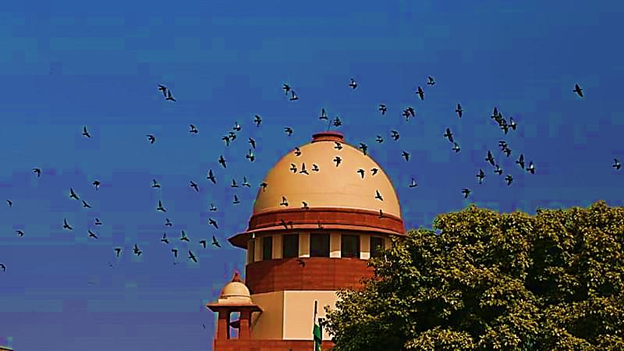Sealed Cover Jurisprudence
- 19 Feb 2022
Recently, concerns have been raised over Kerala High Court’s verdict to uphold the Information and Broadcasting Ministry’s order that revoked the broadcasting licence of Malayalam news channel Media One after the Ministry of Home Affairs(MHA)denied it security clearance.
- It is argued that the court’s decision “was based on a ‘sealed cover’ envelope provided by the MHA, the contents of which were not shared” with Media One, which was a “gross violation” of the principles of natural justice.

About Sealed Cover Jurisprudence
- It is a practice used by the Supreme Court(SC) and sometimes lower courts, of asking for or accepting information from government agencies in sealed envelopes that can only be accessed by judges.
- The SC derives its power to use it from Rule 7 of order XIII of the Supreme Court Rules and Section 123 of the Indian Evidence Act of 1872.
- It is stated under the said rule that if the Chief Justice or court directs certain information to be kept under sealed cover or considers it of confidential nature, no party would be allowed access to the contents of such information, except if the Chief Justice himself orders that the opposite party be allowed to access it.
- It also mentions that information can be kept confidential if its publication is not considered to be in the interest of the public.
- As for the Evidence Act, official unpublished documents relating to state affairs are protected and a public officer cannot be compelled to disclose such documents.
Previous Instances of Sealed-Cover Jurisprudence by SC
- Documents were examined in sealed cover in multiple prominent cases during the tenure of the former Chief Justice of India, Rajan Gogoi.
- In the case pertaining to the controversial Rafale fighter jet deal, a Bench headed by Chief Justice Ranjan Gogoi in 2018, had asked the Centre to submit details related to deal’s decision making and pricing in a sealed cover. This was done as the Centre had contended that such details were subject to the Official Secrets Act and Secrecy clauses in the deal.
- In the matters related to the National Register of Citizens (NRC) in Assam, the supreme court mandated coordinator of the NRC, Prateek Hajela, was asked by the apex court to submit period reports in sealed cover, which could neither be accessed by the government nor the petitioners.
- In the case where CBI’s former director Alok Verma and the national agency’s former special director Rakesh Asthana had made counter allegations of corruption against one another, the Supreme Court had asked the Central Vigilance Commission (CVC) to submit its preliminary report in a sealed cover.
- In the 2014 BCCI reforms case, the probe committee of the cricket body had submitted its report to the Supreme Court in a sealed envelope, asking it not to make public the names of nine cricketers who were suspected of a match and spot fixing scam.
- In the Bhima Koregaon case, in which activists were arrested under the Unlawful Activities Prevention Act, the Supreme Court had relied on information submitted by the Maharashtra police in a sealed cover.
Criticism
- Critics contend that it is not favorable to the principles of transparency and accountability of the Indian justice system, standing in contrast to the idea of an open court, where decisions can be subjected to public scrutiny.
- Besides, it is argued that not providing access to such documents to the accused parties obstructs their passage to a fair trial and adjudication.
- Also, sealed covers are dependent on individual judges looking to substantiate a point in a particular case rather than common practice. This makes the practice ad-hoc and arbitrary.




